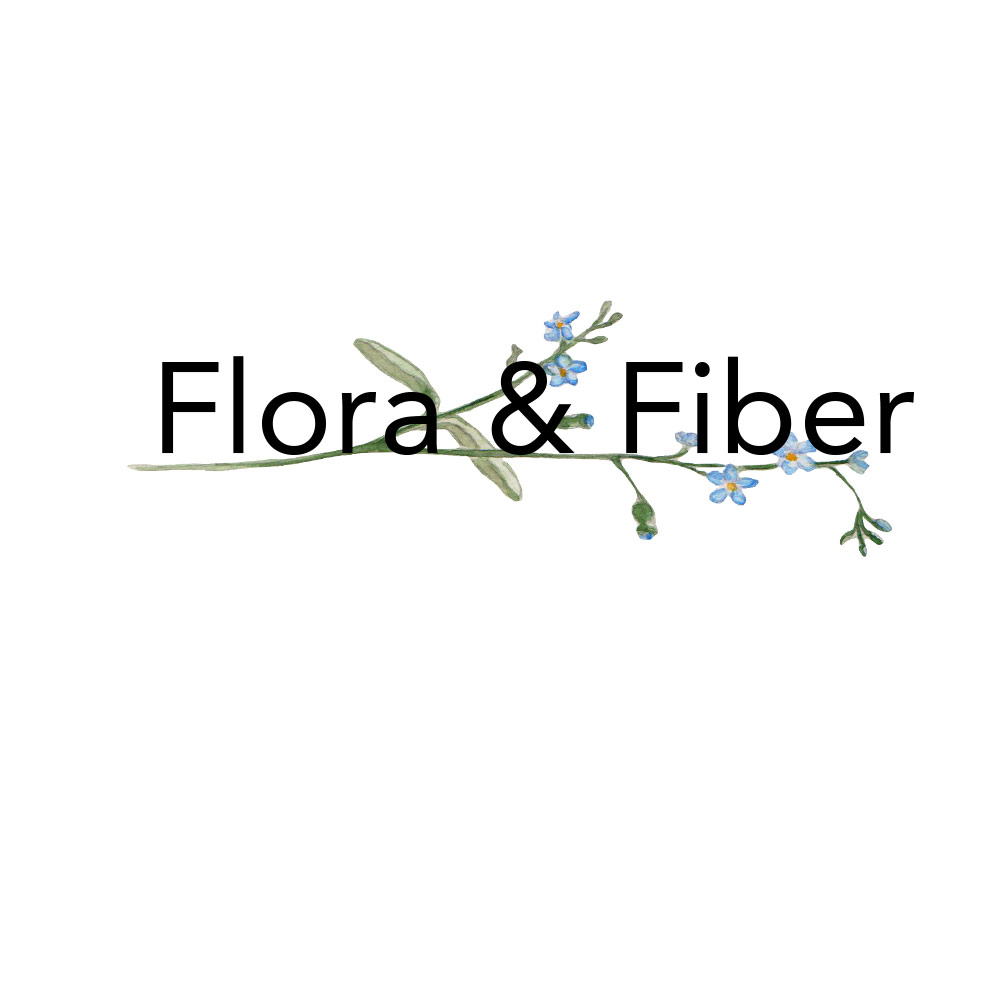What? Is that a breed of sheep? Or some newly discovered aquatic plant fiber?



Welcome to my blog. I document my adventures in travel, style, and food. Hope you have a nice stay!
What? Is that a breed of sheep? Or some newly discovered aquatic plant fiber?
Recently I was commissioned to weave guest towels for several customers. For readers who are non-weavers, I thought it might be interesting to illustrate what goes into the making of a 12" x 17" guest towel. It's more than just throwing the shuttle back and forth!
In February I wrote a post about Samples & Swatches. Today's project works perfectly for using small samples of stash fibers.
Continuing with Alpaca - The Mini Series, today's topic is blending; blending two fibers, in this case Merino wool with alpaca, as well as color blending to achieve a tint (lighter) color.
Today's Krokbragd sampler is the fifth in my study of Weft Faced Pattern Weaves using Nancy Hoskins book 'Tabby to Taqueté'.
All the posts thus far in Alpaca - The Mini Series have been about Huacaya alpacas. Huacayas appeared in this 'Let's Spin' post , in the post on prepping an Alpaca Fleece, as well as in the recent Alpaca Shearing post . But today is all about the Suri alpaca.
I needed to dye some alpaca for the neck warmer I will be knitting as part of 'Alpaca-The Mini Series'. Since I haven't done a 'Let's Dye . . .' post in awhile, I thought this would be a great project to try out madder from my dye garden.
I've been working on a number of posts that will be appearing soon as part of my mini series on Alpacas. And what better place to start than with the animal and their fleece!
This past weekend was crop harvest (fleece shearing) at Carolina Pride Pastures, a local alpaca farm featuring huacaya alpacas.
I'm excited to bring you a video tutorial on a fancy fringe technique that includes braiding, interlacements, and beading. I've worked the technique on a handwoven scarf, but it is not limited to only handwoven items. This method could be used on any fringed item, whether handmade or purchased.
Today's post goes into some of the details and insight I've gathered while weaving Samplers II, III, and IV from the book Weft-Faced Pattern Weaves-Tabby to Taqueté by Nancy Hoskins. This is a more technical post; still I hope everyone will find something interesting, or at the very least, you will enjoy the photos.
As fiber artists and crafters, how many times have we heard the admonition "before you start your project . . . weave a sample or knit a swatch or spin a control or test dye a new color"? I know that the vast majority of you are saying, "I never sample". Am I right?
The hope of my post is to bring a more positive light on this subject by sharing thoughts and ideas beyond the usual approaches to sampling and swatching.
One of the many joys of living in South Carolina is that Spring shows up in February!
In my 2018 post, I wrote that I was starting a study of weft-faced pattern weaves following the book 'Tabby to Taqueté' by Nancy Hoskins. This book is a series of 53 lessons with a technique sampler accompanying each lesson. Sampler I is completed and I will share that later in the post.
But first, what is weft-faced weaving?
Earlier this month, in my first post of 2018, I shared my thoughts and plans for the coming year at Flora & Fiber. I've put the proverbial pencil to paper to bring those plans to life.
And that brings me to 'Alpaca - The Mini Series'.
While searching older Handwoven magazines for a project that would "stretch" my weaving skills, I came across a Beyond the Basics column.
This draft seemed like the perfect challenge, combining weaving with my love of flowers.